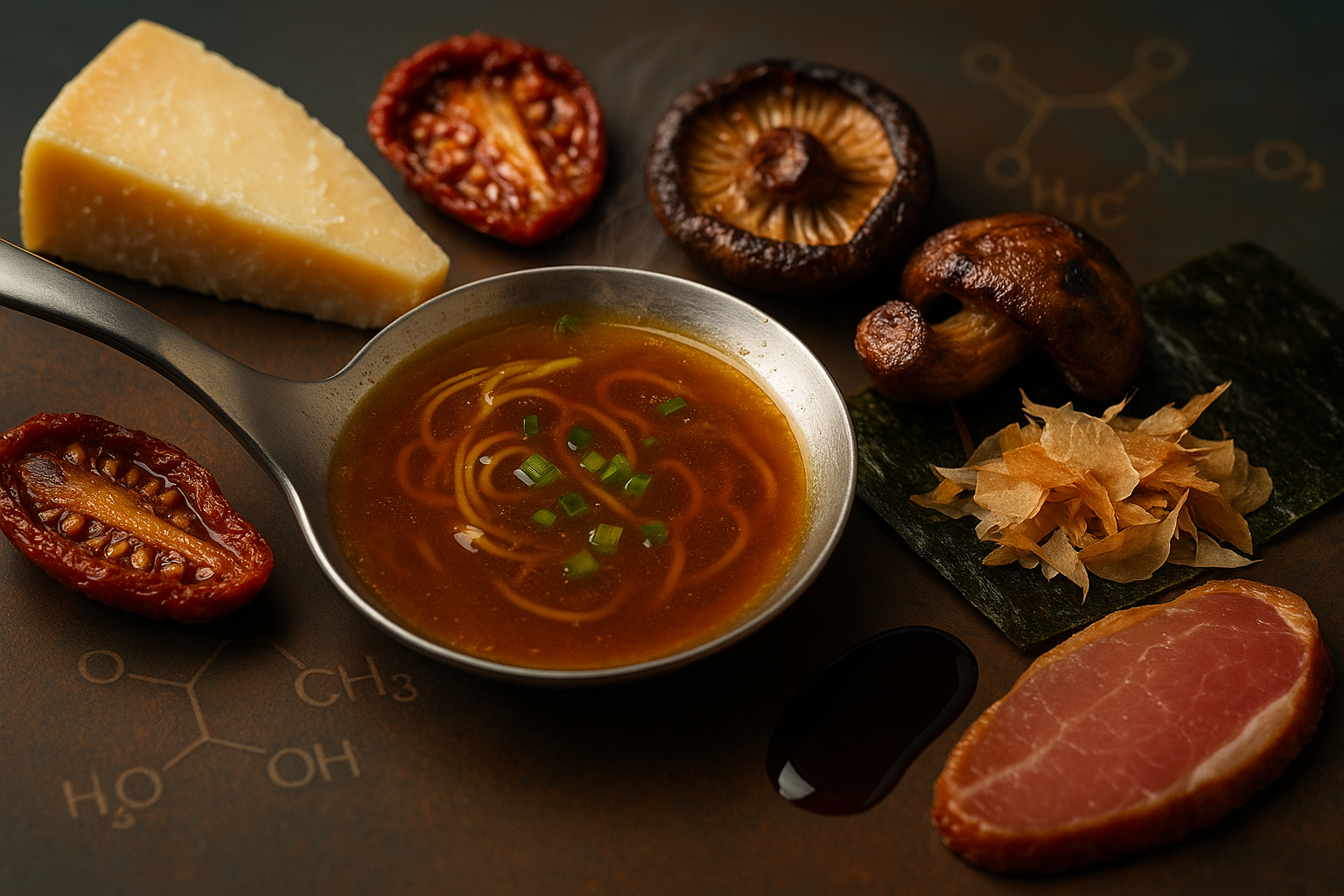Trending searches
Trending searches

Hydrocolloid: Cassia Gum
SUBSCRIBE TO OUR BLOG
Promotions, new products, and recipes.
Cassia Gum: The Natural Thickening Agent from Cassia Seeds
Cassia Gum, derived from the seeds of the Cassia tora plant, is a naturally occurring polysaccharide that has gained prominence as a thickening and gelling agent in various industries. But what's the story behind this hydrocolloid, and how has it carved a niche for itself in the market?
Historical Context
Cassia Gum has its roots in traditional Asian cultures, where the Cassia plant was used for both culinary and medicinal purposes. The gum's commercial potential was recognized in the late 20th century, leading to its widespread use.
The Molecular Science of Cassia Gum
Cassia Gum is primarily composed of mannose and galactose units. Its structure allows it to form firm gels, especially when combined with other hydrocolloids like carrageenan or xanthan gum.
Production and Refinement
The seeds of the Cassia tora plant are dehusked and milled to extract the endosperm, which is then purified to produce Cassia Gum. The refined gum is a white to pale yellow powder.
A Multifaceted Ingredient
Cassia Gum's applications are diverse:
- Food Industry: Used as a thickener, stabilizer, and gelling agent in products like ice creams, dairy, and sauces.
- Cosmetics: Incorporated for its thickening properties in lotions and creams.
- Pet Food: Used as a texture modifier.
Cassia Gum in Culinary Creations - Proportions
Cassia Gum's proportions vary based on the desired texture:
-
Dairy Products:
- Proportion: 0.15% to 0.5% of the total weight.
- Purpose: Provides a creamy texture and stability.
-
Sauces and Dressings:
- Proportion: 0.1% to 0.4% of the total weight.
- Purpose: Offers thickness and stability.
Conclusion
Cassia Gum, with its versatile properties, has established itself as a reliable hydrocolloid in various industries. Its compatibility with other gelling agents further enhances its appeal, making it a sought-after ingredient in formulations.
For further reading: Beta-Glucan
References:
- Patel, S., & Goyal, A. "Functional oligosaccharides: production, properties, and applications." World Journal of Microbiology and Biotechnology, 2012.
- Bhattarai, N., et al. "Cassia Gum: A Novel Material for Nanoparticle Synthesis and Drug Delivery." International Journal of Nanomedicine, 2018.


|
About the Author Ed is the founder of Cape Crystal Brands, editor of the Beginner’s Guide to Hydrocolloids, and a passionate advocate for making food science accessible to all. Discover premium ingredients, expert resources, and free formulation tools at capecrystalbrands.com/tools. — Ed |
Related Posts

The Science of Umami: The Fifth Taste That Changed How We Eat

Cape Crystal Brands Featured in Fox News Digital and the New York Post

The Hidden Chemistry of Everyday Foods: The Story of Emulsifiers
Enjoyed this post? Subscribe to The Crystal Scoop
Food-science tips, ingredient know-how, and recipes. No spam—unsubscribe anytime.
- Choosing a selection results in a full page refresh.
POLICY PAGES
QUICK LINKS
Guar Gum
Cape Crystal Brands, 18 Bank St., Suite 1, Summit NJ 07901.
- Phone: +1 908-273-5600
- Email: info@capecrystalbrands.com
- Tax ID: 26-2477626000
- FDA Facility Registration # 16980627550
- Kosher Certified: OKosher.org
Country/region
© 2025, Cape Crystal Brands | Sitemap
